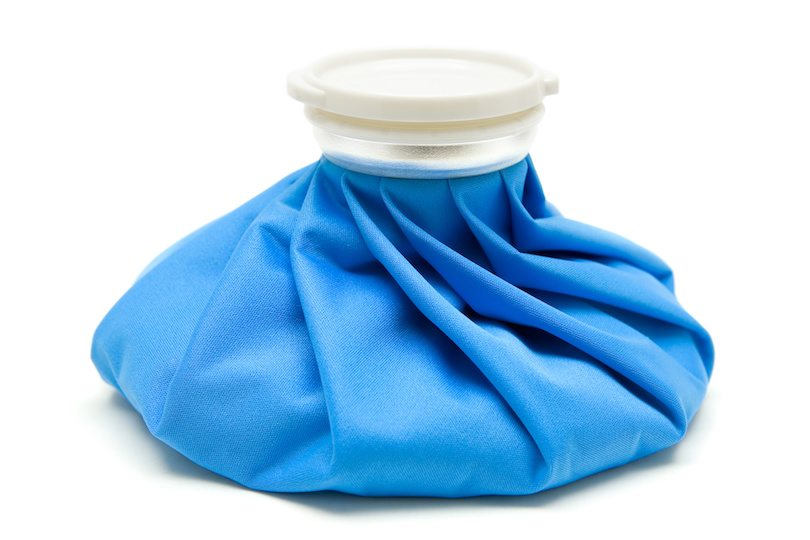While it may be uncomfortable, swelling is the body’s natural reaction to trauma—and a normal part of the healing process. And when you’ve been through a major surgery or injury, it tends to stick around for a while—for as long as three to six months, according to the American Academy of Orthopaedic Surgeons. Here are some strategies for relieving the pressure:
Remember R.I.C.E.
It’s the acronym that will remind you what to do if you do feel or see swelling. It stands for:
Rest: Keep the affected limb still and keep the pressure off
Ice: Apply an ice pack (a bag of frozen veggies or fruit also does the trick)
Compression: A little additional pressure can also keep swelling down. If you’re recovering from a lower body injury (to your hip or your knee, for example), you may have been prescribed compression socks to reduce the risk of blood clots. These or bandages, work well. Compress your upper body injury by using the same bandages or wraps that stabilize the area. NOTE: If you notice any discoloration of the skin of the hand or foot, you’re squeezing too tight.
Elevation: Raise the affected area above your heart, if possible. (This may be easier when you’re lying down.)
Keep a lookout for big changes.
While puffiness is common, any sudden onset of swelling could signal a different type of problem—including an infection or a blood clot. If you’re concerned about a change or notice other symptoms, such as fever, chills or discharge at the wound site, call your doctor immediately.

